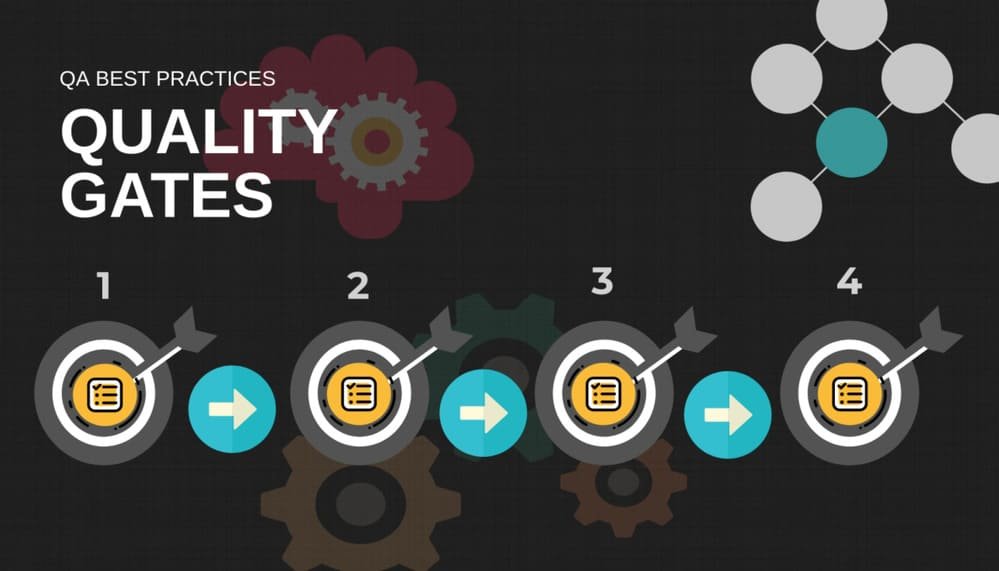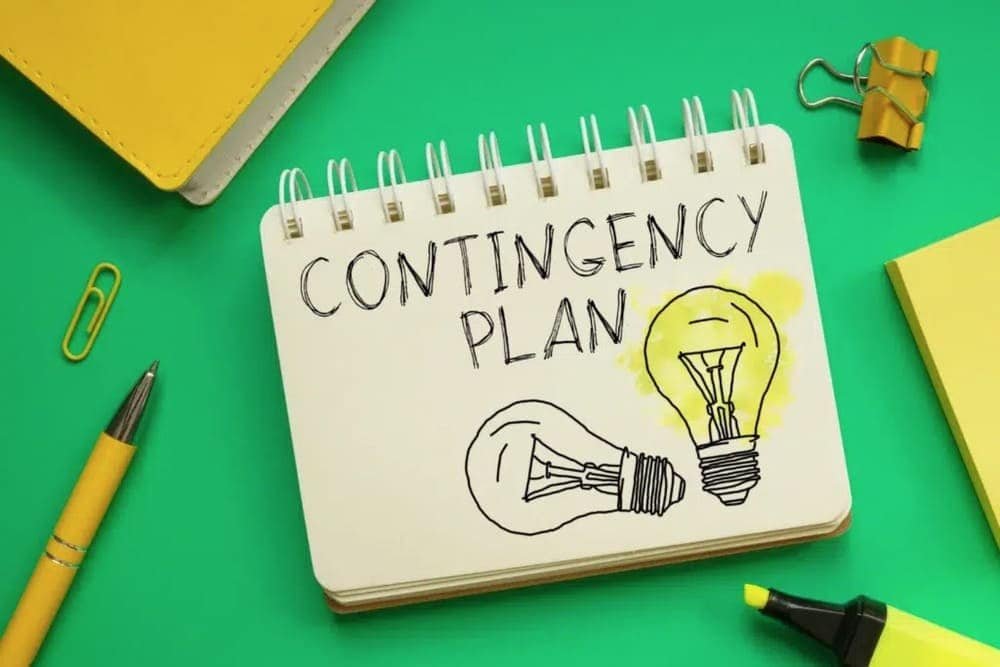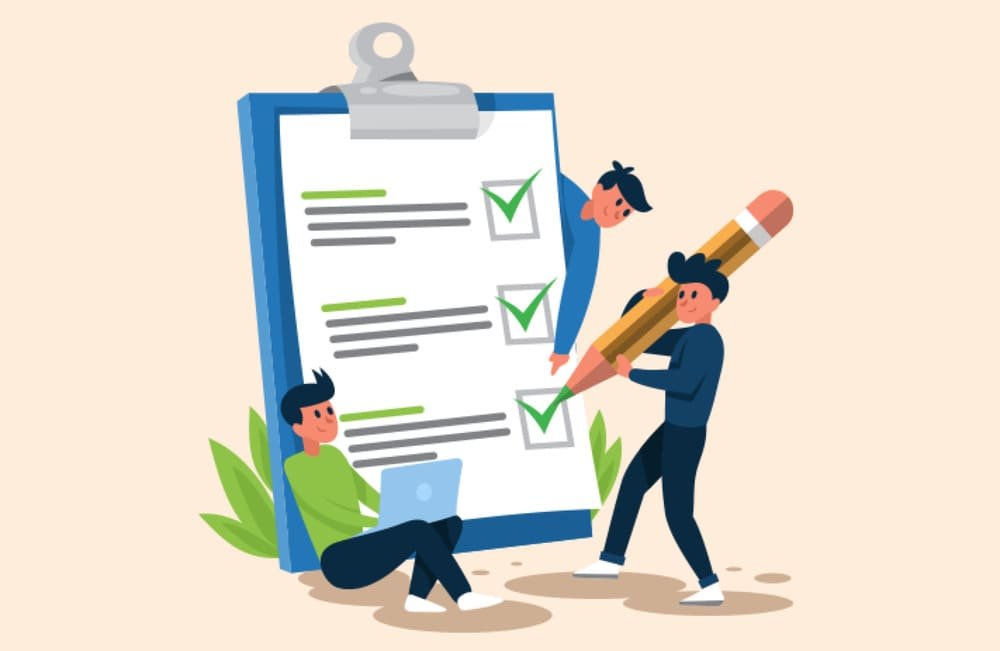
When a hotel opens on time, investors stop holding their breath. Rooms go live, revenue starts, and brand trust compounds.
Miss the date and the burn rate escalates—storage, rework, idle crews, penalty clauses.
The single best way to protect the opening day is to treat China sourcing for FF&E and OS&E as one integrated roadmap, not a series of siloed purchases.
This guide gives hotel developers and owners a pragmatic plan: work back from the opening date, lock quality gates and logistics early, and govern risks with discipline.
You’ll find an executive view with enough detail to brief your procurement lead and site PM—without drowning in minutiae.
FF&E vs. OS&E: what’s in scope and why timing differs

In hospitality, FF&E (furniture, fixtures, and equipment) includes movable items like casegoods, seating, lighting, artwork, and soft goods—often custom, finish-sensitive, and longer lead-time.
OS&E (operating supplies and equipment) covers daily-use goods such as linens, tableware, housekeeping kits, and small appliances—generally ordered closer to opening to match operational readiness.
For clear definitions and procurement framing, see The Stroud Group’s explainer in FF&E and OS&E terms and phases and Art Decor’s FF&E/OS&E overview, both of which reinforce the timing differences between custom FF&E and operational OS&E.
- According to the Stroud Group’s definitions and procurement framing (2024), FF&E entails more customization and earlier commitment than OS&E: FF&E, OS&E, and Other Hotel Purchasing Terms Explained.
- Art Decor’s 2025 primer aligns on scope and sequencing: FF&E and OS&E Explained.
The work-back schedule from opening day

Here’s the core move: fix your opening date as T0 and design a work-back timeline that protects it.
Build buffers at every stage—design intent to shop drawings, golden sample sign-off to production start, production to consolidation, and transit to site installation.
Stagger FF&E ahead of OS&E, and run governance checkpoints that can actually stop a bad decision.
Two notes before the table:
- Windows are indicative; validate them against category complexity, factory capacity, and destination rules.
- Assume ocean freight for most FF&E, with selective air for critical-path exceptions only.
| Milestone | Target window (relative to opening) | Primary owner | Notes |
|---|---|---|---|
| Finalize design intent & room mock-up | T-12 to T-9 months | Developer + Design + Operator | Mock-up sign-off unlocks shop drawings and finish masters |
| RFQ + supplier shortlist (FF&E) | T-10 to T-8 months | Procurement/FF&E lead | Vet capacity; gather sample plans and compliance evidence |
| Golden samples & finish masters approved | T-9 to T-7 months | Developer/Brand + Procurement | Lock specs, compliance marks, labeling, packaging |
| Place FF&E POs; production scheduling | T-8 to T-6 months | Procurement + Factory | Dual-source critical items; embed QC gates |
| OS&E spec finalization & RFQ | T-6 to T-4 months | Procurement/OS&E lead + Operator | Confirm par levels by key count and opening wave |
| Pre-production inspections (FF&E) | T-6 to T-5 months | QC lead | Materials/components check vs. golden samples |
| During-production checks (FF&E) | T-5 to T-3 months | QC lead | Catch systemic issues at 20–50% completion |
| FF&E consolidation & bookings (ocean) | T-3 to T-2 months | Logistics | Favor FCL where feasible; firm sailings |
| Pre-shipment inspections (FF&E/OS&E) | T-2 to T-1 months | QC lead | AQL sampling; packaging, labeling, documents |
| OS&E production + partial air for stragglers | T-2 to T-1 months | Procurement + Logistics | Only if justified by schedule risk |
| Ocean arrival, customs, deconsolidation | T-1 month to T-2 weeks | Logistics + Broker | Final-mile plans tied to install phases |
| Site installation (FF&E), then OS&E room-setup | T-2 weeks to T-0 | Site PM + Installer + Ops | Room-by-room sign-off; damage/claims process |
Supplier strategy built for schedule certainty

Selecting a supplier is not just about price—it’s about capacity, finish control, and response speed when things wobble. Think of suppliers as part of your critical path.
- Run a factory-first approach where customization and finish control matter; use trading companies tactically for multi-category aggregation when they can prove capacity and QC depth.
- Score suppliers on capacity, process capability, and evidence of on-time performance. Ask for production calendars, not promises.
- Manage finishes with rigor: golden samples, color standards, and retained masters on both sides. For multi-factory programs, implement a finish master board and require every lot to be checked against it.
What the clock really looks like: lead times and transit windows

Indicative China manufacturing ranges—validate during RFQ and lock in production schedules with real capacity data:
- FF&E custom casegoods: ~12–20 weeks from approved drawings and materials.
- Upholstered seating: ~10–16 weeks; flame and fabric sourcing can extend.
- Decorative lighting: ~8–12+ weeks; add time for electrical testing/marking.
- Textiles (drapery/upholstery): ~6–10 weeks; custom dye/print adds 2–4 weeks.
- OS&E linens/towels: ~4–8 weeks depending on loom capacity.
- Tableware: ~6–10 weeks; logo branding extends lead time.
- Small appliances: ~8–12 weeks; certification and labeling can add time.
Ocean freight adds another layer.
Benchmarks from carrier and forwarder sources suggest planning roughly a month or more door-to-door for China to the U.S. West Coast and longer for East Coast or Europe, with seasonal variability and consolidation effects.
See Maersk’s sea freight guide for leg-time ranges and Flexport’s timeliness indicator for door-to-door context:
- Maersk’s overview of sea-freight transit ranges (China–EU and general planning): Sea freight guide.
- Flexport’s Ocean Timeliness Indicator (updated 2025) for CN→USWC/USEC/EU door-to-door cadence: Ocean Timeliness Indicator.
Air freight can compress timelines to ~5–10 days door-to-door for critical shortages but at a steep cost; Freightos’ weekly market updates are a useful reality check on capacity and delays: Freight industry weekly updates.
Quality gates that protect the opening date

Schedule protection is quality protection. If finish mismatch or functional failures emerge after arrival, your installation schedule collapses. Build three inspection gates tied to AQL sampling under ISO 2859-1/ANSI Z1.4:
- Pre-production inspection (PPI): confirm materials, components, processes, and compliance plans against golden samples and specs.
- During-production inspection (DPI): at 20–50% completion, verify process controls, color/finish tolerances, and rework tracking.
- Pre-shipment inspection (PSI): with 100% produced and ≥80% packed, apply AQL sampling (common defaults: Critical 0.0; Major 2.5; Minor 4.0—adjust to risk), plus packaging, labeling, function tests, and drop tests where applicable.
For acceptance sampling standards and terminology, see ISO/ANSI references: ISO 2859-1 / ANSI/ASQ Z1.4 acceptance sampling.
Evidence discipline keeps everyone honest. Require photo/video reports tied to line items, signed deviation logs, rework confirmations with timestamps, and updated golden sample references.
If a lot fails PSI and time is tight, you need a pre-agreed exception plan: triage via rework, partial release, or expedited replacement with root-cause analysis immediately.
Compliance and documentation: bake it into the spec

Compliance is not a paperwork afterthought; it’s a gating requirement during samples and inspections. Specify the applicable standards by destination at RFQ, confirm during sample approval, and attach documentation to PSI packs.
- Upholstered furniture often needs fire-smolder resistance in the U.S. (e.g., California TB117-2013); public-area seating may require higher fire tests per jurisdiction. Refer to the official technical bulletin: California TB117-2013.
- Electrical items and lighting should carry appropriate marks for the destination (e.g., UL/ETL in the U.S. per relevant standards such as UL 1598 for luminaires): UL 1598 overview.
- For the EU, align with CE marking requirements across applicable directives; ensure labeling and documentation are consistent: European Commission CE marking guide.
Also lock Incoterms and document packs in advance. For hotel programs, FOB often provides the best balance of control and cost transparency; CIF or DDP may fit specific constraints but reduce buyer control. Align commercial invoices, HS codes, packing lists, test reports, and insurance certificates before booking sailings.
Budget and contingency without surprises

Your budget should reflect reality on the ground—manufacturing cadence, transit variability, and rework risk.
- Design-to-cost: collaborate with designers to hit finish intent with scalable processes (e.g., engineered veneers vs. rare solids, powder-coated metal vs. plated where feasible).
- Landed cost components: ex-works price, inland freight/export, main freight, insurance, import duties/taxes, destination handling, last mile, installation, and defect allowances.
- Contingency: a practical working range for FF&E/OS&E is 10–15% (rising to 15–20% for complex/luxury programs or volatile lanes). Review monthly and reallocate based on risk burndown.
- Value engineering: sequence VE early—before golden samples—so the factory can design process efficiencies without late-stage rework.
Risk governance and cadence
A roadmap is only as strong as its governance. Establish a steering rhythm, decision rights, and a visible risk burndown tied to the opening date. Use a simple RACI for approvals (design intent, samples, deviations, bookings) and keep weekly trackers for production and logistics with exception flags.
| Risk (delay driver) | Early signal | Primary mitigation | Contingency if triggered |
|---|---|---|---|
| Factory slippage/capacity shortfall | Missed intermediate builds; overtime requests | Capacity audit; backup supplier/PO; milestone holds | Split lot; partial air for critical rooms; re-phase install |
| Finish/color mismatch across suppliers | Sample drift; inconsistent delta-E readings | Golden samples; shared finish masters; DPI spot-checks | Refinish at origin; isolate mismatched rooms; replace priority items |
| Compliance failure (fire/electrical) | Missing test reports; failed pre-tests | Lock standards at RFQ; pre-test during sample stage | Substitute compliant components; expedite re-tests; partial release |
| Customs/documentation delays | HS code questions; missing certificates | Pre-validate docs; broker pre-clearance; accurate packing lists | Switch to alternate sailing; buffer warehousing; escalate with broker |
| Damage-in-transit | Poor packaging test results; weak palletization | Packaging specs and drop tests at PSI; FCL preference | Claims with photos; field repair crews; spare kits on hand |
| Site readiness misalignment | Install area not handed over; other trades blocking | Weekly site readiness checks; phased delivery | Offsite storage plan; resequence rooms; night installs |
Bringing it together: phasing from mock-up to handover

Think of the roadmap as a relay. Design intent and mock-up approvals hand the baton to sourcing and sample control. Golden samples and compliance documentation hand off to production with built-in quality gates. Production hands off to logistics with confirmed bookings and consolidated loads, then to site installation that marches room by room. Finally, OS&E stocks the rooms and back-of-house in a tight choreography with FF&E sign-offs. Miss a handoff and you’ll feel it two phases later.
Two practical cues keep momentum:
- Treat time like inventory: protect buffers, and don’t spend them casually. If you “borrow” two weeks for design changes, “repay” them with a faster—but planned—logistics mode mix for non-critical items.
- Use visuals: a one-page Gantt with color-coded gates and a weekly dashboard reporting exceptions will align executives, designers, and operators.
Next steps (free toolkit and balanced options)
Download the FF&E/OS&E checklist and timeline template to turn this roadmap into a working plan you can brief to your team and contractors. It includes milestone prompts, sample and compliance checkpoints, QC gate criteria, and logistics booking reminders.
If you prefer expert coordination, Yansourcing can serve as your end-to-end partner for supplier vetting, production scheduling, QC, and logistics alignment to your opening date. We’re transparent about scope, fees, and responsibilities—and we’re equally comfortable collaborating alongside your designer, operator, and installer.
